Back to Courses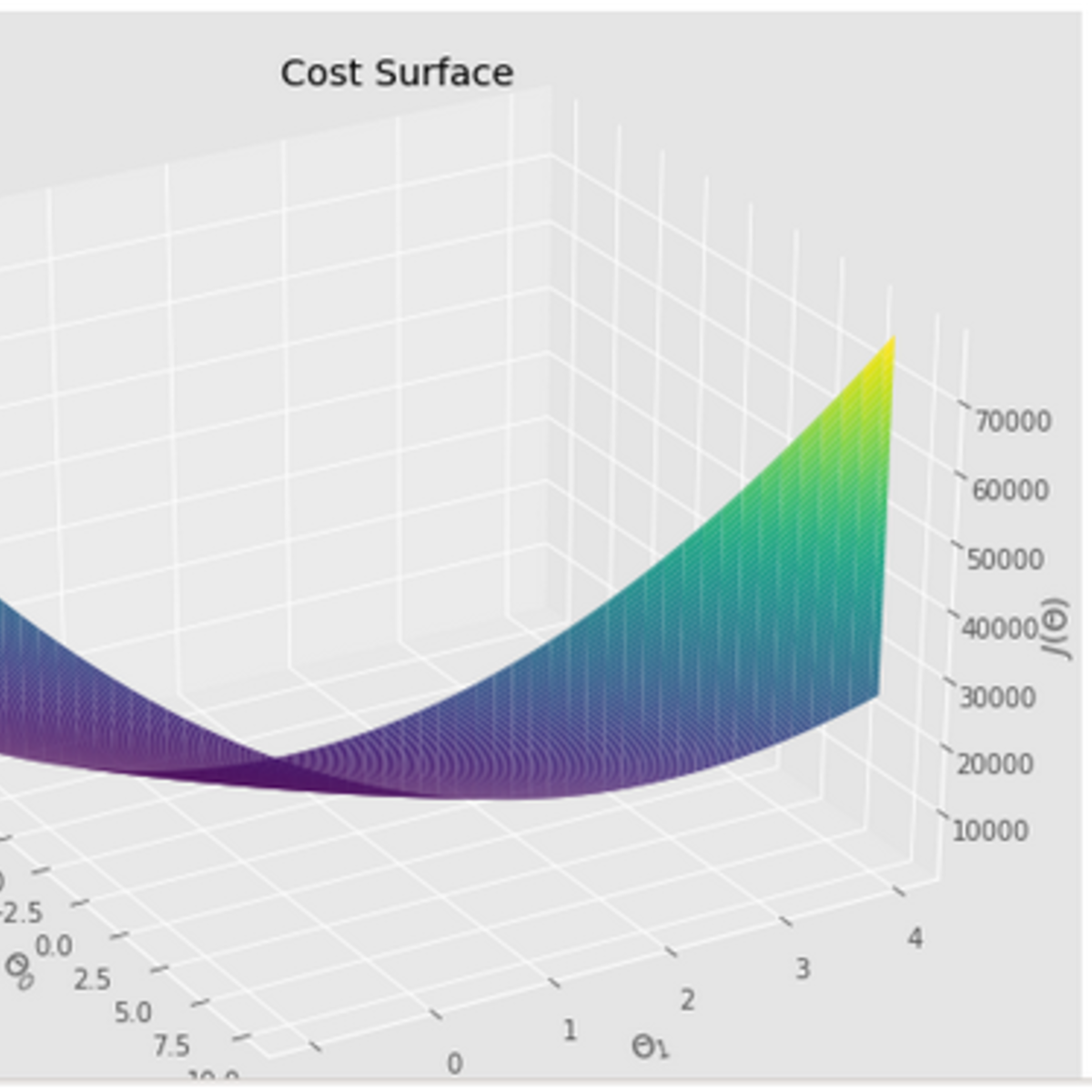


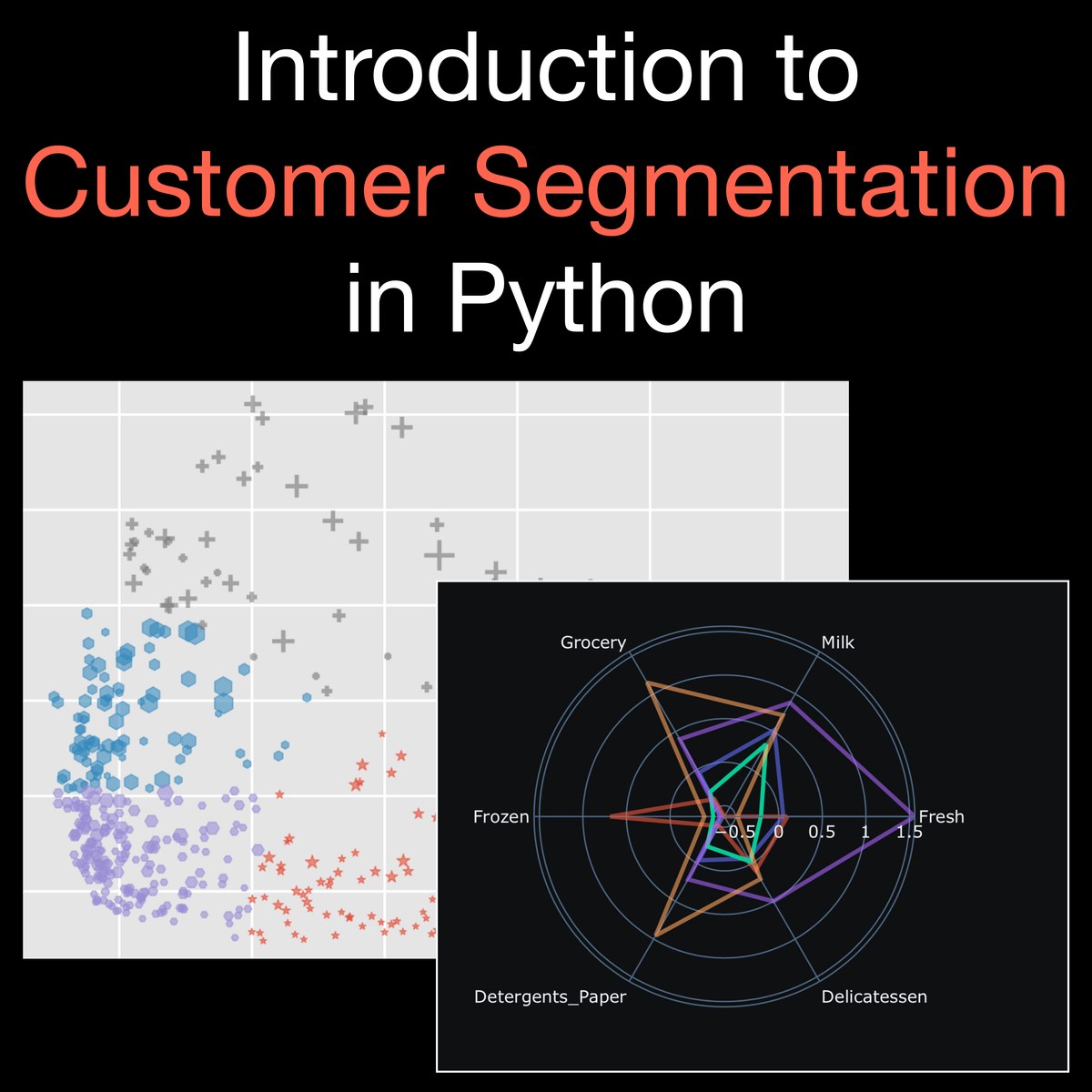
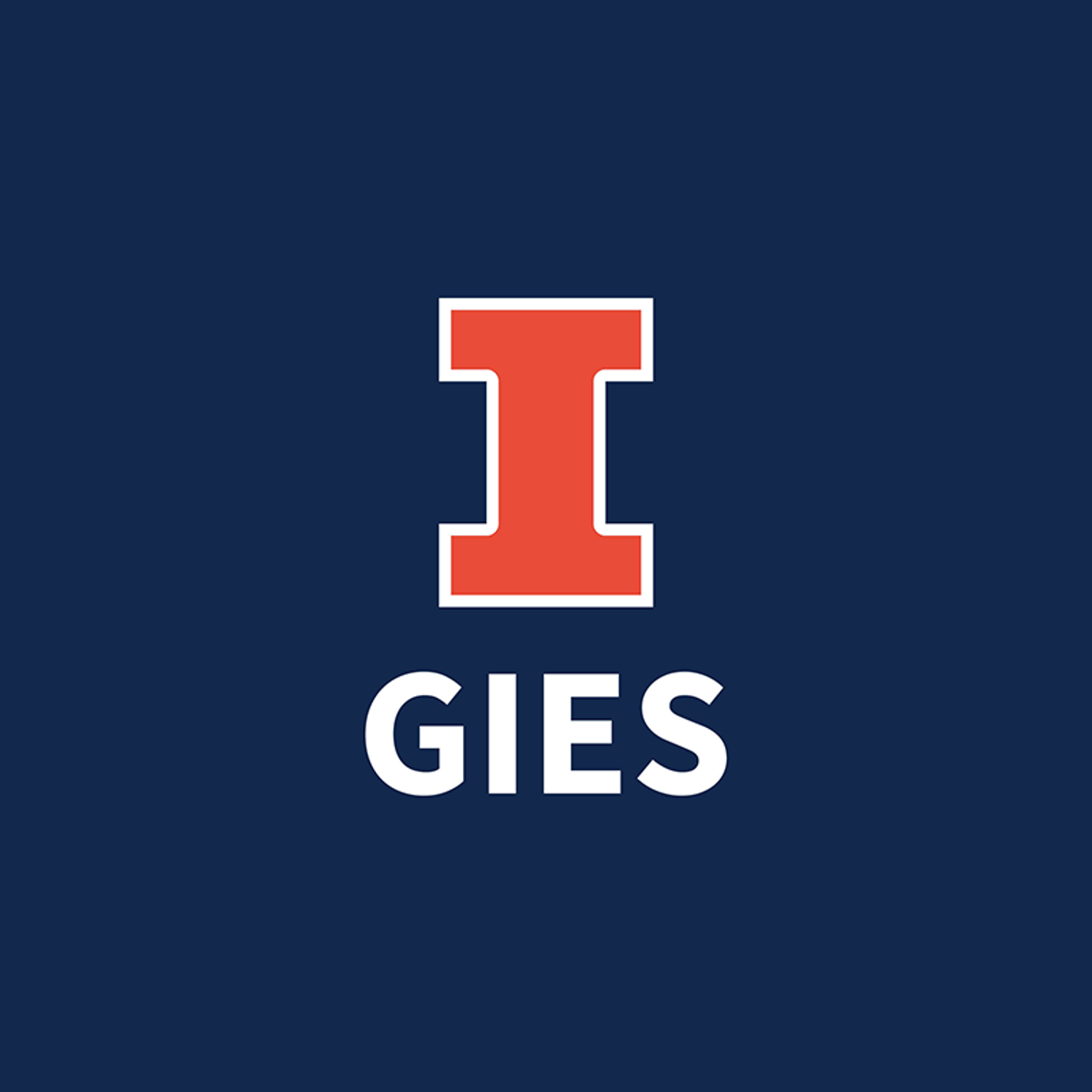
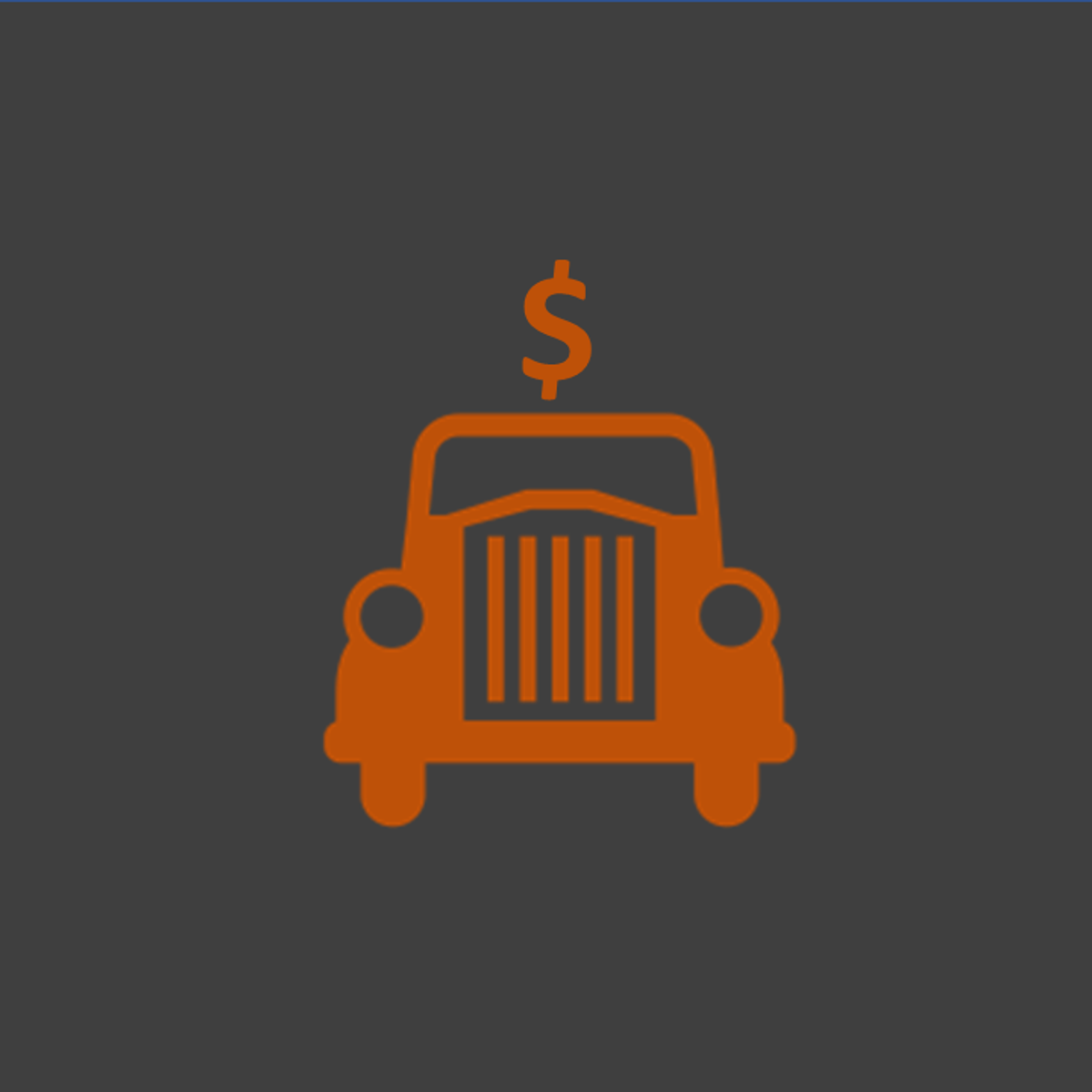
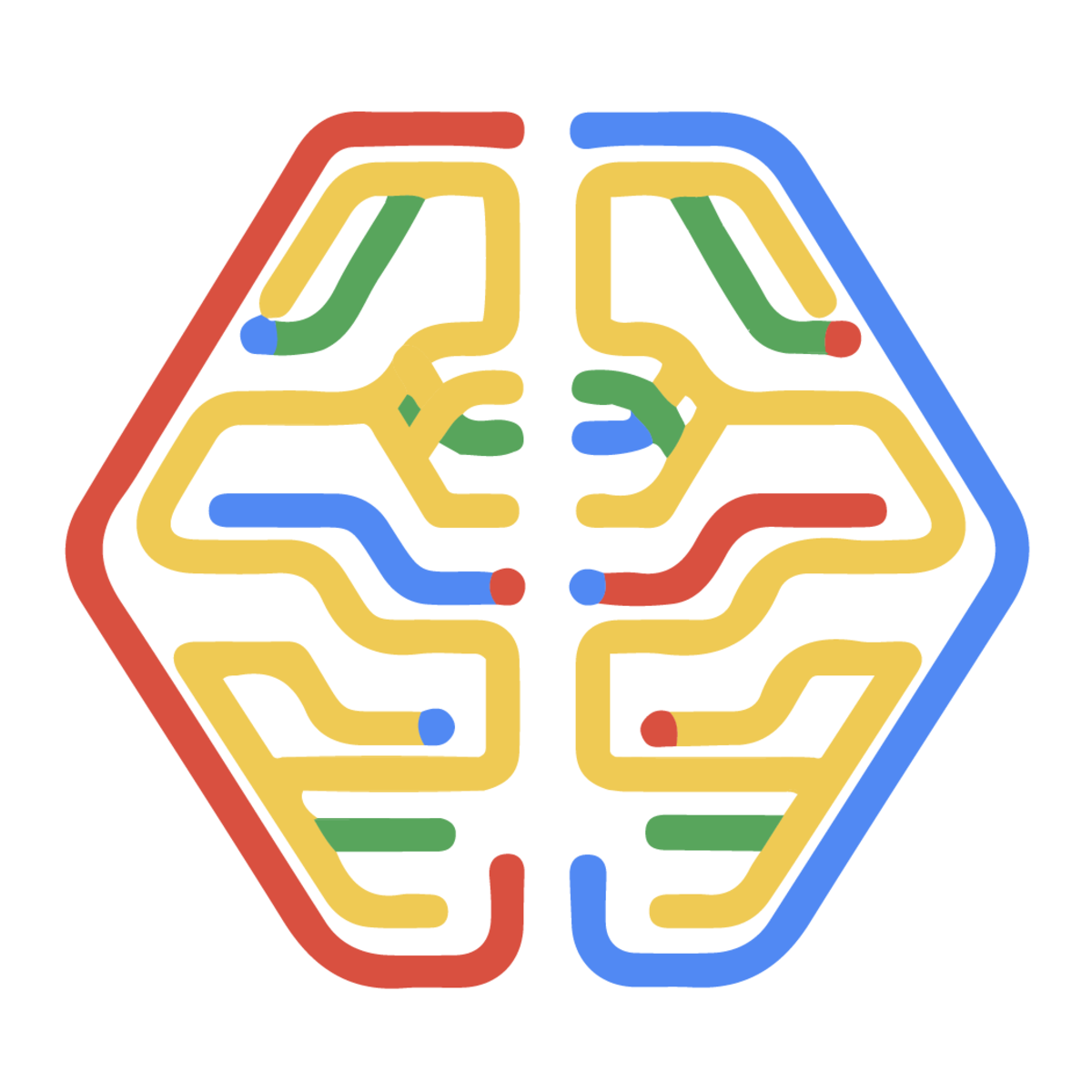
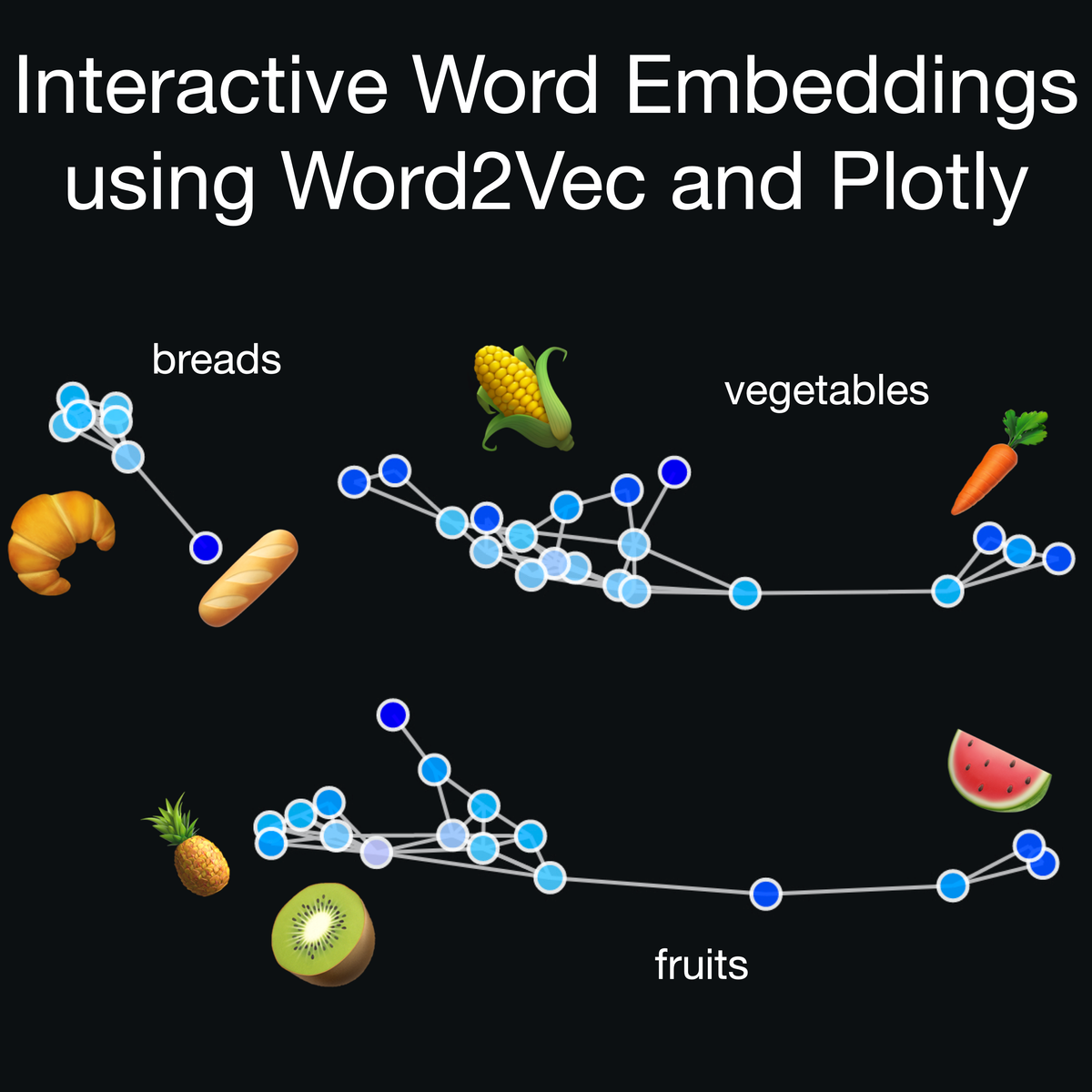

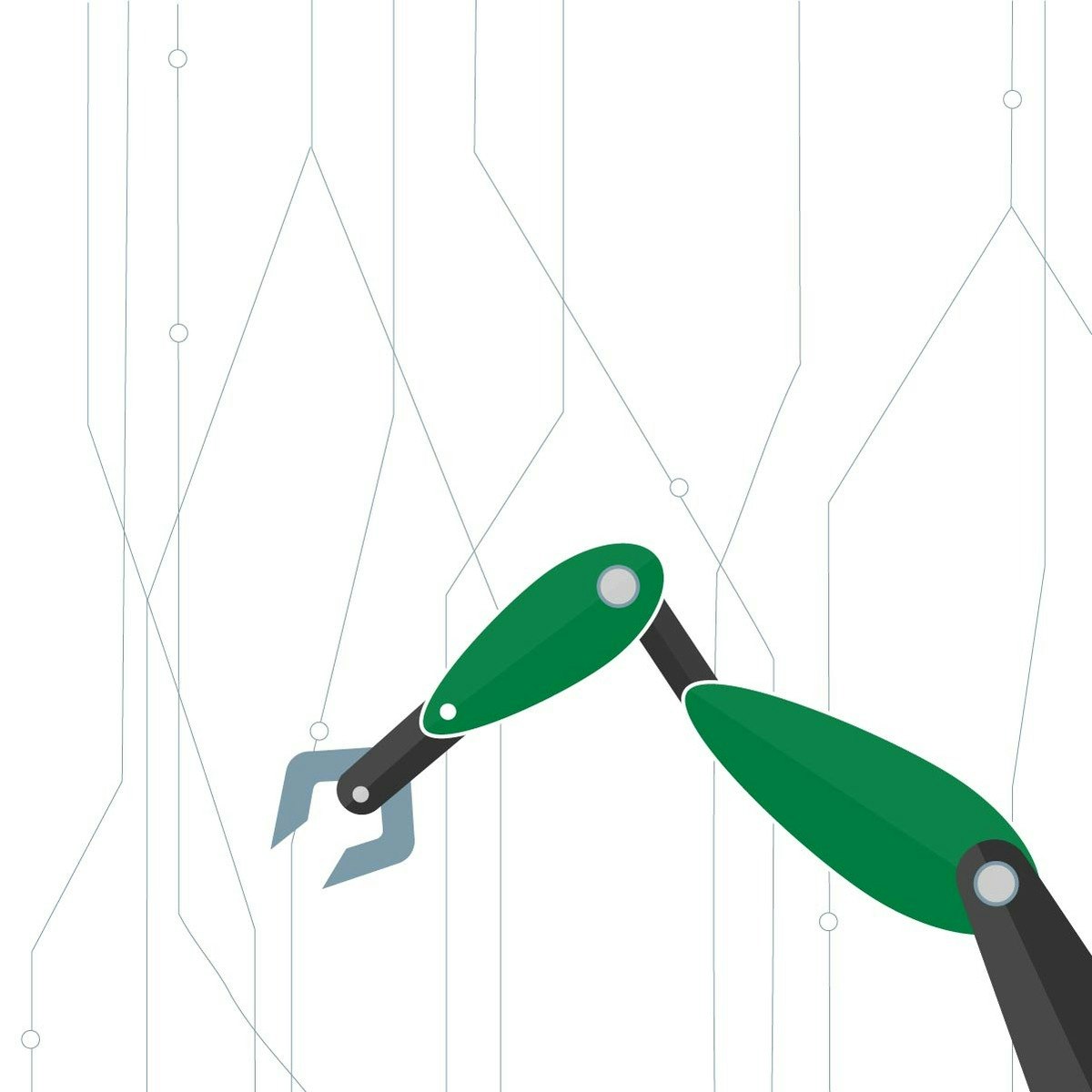
Machine Learning Courses - Page 8
Showing results 71-80 of 485

Linear Regression with NumPy and Python
Welcome to this project-based course on Linear Regression with NumPy and Python. In this project, you will do all the machine learning without using any of the popular machine learning libraries such as scikit-learn and statsmodels. The aim of this project and is to implement all the machinery, including gradient descent and linear regression, of the various learning algorithms yourself, so you have a deeper understanding of the fundamentals.
This course runs on Coursera's hands-on project platform called Rhyme. On Rhyme, you do projects in a hands-on manner in your browser. You will get instant access to pre-configured cloud desktops containing all of the software and data you need for the project. Everything is already set up directly in your internet browser so you can just focus on learning. For this project, you’ll get instant access to a cloud desktop with Python, Jupyter, NumPy, and Seaborn pre-installed.

CUDA at Scale for the Enterprise
This course will aid in students in learning in concepts that scale the use of GPUs and the CPUs that manage their use beyond the most common consumer-grade GPU installations. They will learn how to manage asynchronous workflows, sending and receiving events to encapsulate data transfers and control signals. Also, students will walk through application of GPUs to sorting of data and processing images, implementing their own software using these techniques and libraries.
By the end of the course, you will be able to do the following:
- Develop software that can use multiple CPUs and GPUs
- Develop software that uses CUDA’s events and streams capability to create asynchronous workflows
- Use the CUDA computational model to to solve canonical programming challenges including data sorting and image processing
To be successful in this course, you should have an understanding of parallel programming and experience programming in C/C++.
This course will be extremely applicable to software developers and data scientists working in the fields of high performance computing, data processing, and machine learning.

Covid-19 Death Medical Analysis & Visualization using Plotly
In this 2-hour long project-based course, you will learn how to build bar graphs, scatter plots, Choropleth maps and Wordcloud to analyze and visualize the global scenario of Covid-19 and perform medical analysis to various conditions that contribute to death due to Covid-19. We will be using two separate datasets for this guided project. The first dataset has been taken from worldometer and the second one has been made available by the Centers for Disease Control and Prevention (CDC), United States.
We will be using Python as our Programming language and Google Colab as our notebook. It is required for you to have a Gmail Account for this project. It is recommended to have some experience in the Python programming language but even if you do not have any prior experience in Python programming or medical science, you will be able to complete this project. This project is beginner-friendly.
We will visualize the current global scenario of Covid-19 using bar graphs and scatter plots followed by geographical data visualization using Choropleth maps. Then we will dive into medical analysis. We will then visualize how Covid deaths vary with respect to age group and how various pre-existing medical conditions vary with age. Then we will visualize and analyze how various medical conditions contribute to Covid death. We will also compare the performance of all the 50 states in the US against Covid. In the final task, we will finish by creating WordCloud text visualization of various medical conditions and condition groups that contribute to Covid deaths.
Note: This course works best for learners who are based in the North America region. We’re currently working on providing the same experience in other regions.

Introduction to Customer Segmentation in Python
In this 2 hour long project, you will learn how to approach a customer purchase dataset, and how to explore the intricacies of such a dataset. You will learn the basic underlying ideas behind Principal Component Analysis, Kernel Principal Component Analysis, and K-Means Clustering. You will learn how to leverage these concepts, paired with industry knowledge and auxiliary modeling concepts to segment the customers of a certain store, and find similarities and differences between different clusters using unsupervised machine learning techniques.
Note: This course works best for learners who are based in the North America region. We’re currently working on providing the same experience in other regions.
Machine Learning for Accounting with Python
This course, Machine Learning for Accounting with Python, introduces machine learning algorithms (models) and their applications in accounting problems. It covers classification, regression, clustering, text analysis, time series analysis. It also discusses model evaluation and model optimization. This course provides an entry point for students to be able to apply proper machine learning models on business related datasets with Python to solve various problems.
Accounting Data Analytics with Python is a prerequisite for this course. This course is running on the same platform (Jupyter Notebook) as that of the prerequisite course. While Accounting Data Analytics with Python covers data understanding and data preparation in the data analytics process, this course covers the next two steps in the process, modeling and model evaluation. Upon completion of the two courses, students should be able to complete an entire data analytics process with Python.

XG-Boost 101: Used Cars Price Prediction
In this hands-on project, we will train 3 Machine Learning algorithms namely Multiple Linear Regression, Random Forest Regression, and XG-Boost to predict used cars prices. This project can be used by car dealerships to predict used car prices and understand the key factors that contribute to used car prices.
By the end of this project, you will be able to:
- Understand the applications of Artificial Intelligence and Machine Learning techniques in the banking industry
- Understand the theory and intuition behind XG-Boost Algorithm
- Import key Python libraries, dataset, and perform Exploratory Data Analysis.
- Perform data visualization using Seaborn, Plotly and Word Cloud.
- Standardize the data and split them into train and test datasets.
- Build, train and evaluate XG-Boost, Random Forest, Decision Tree, and Multiple Linear Regression Models Using Scikit-Learn.
- Assess the performance of regression models using various Key Performance Indicators (KPIs).
Note: This course works best for learners who are based in the North America region. We’re currently working on providing the same experience in other regions.

Production Machine Learning Systems
This course covers how to implement the various flavors of production ML systems— static, dynamic, and continuous training; static and dynamic inference; and batch and online processing. You delve into TensorFlow abstraction levels, the various options for doing distributed training, and how to write distributed training models with custom estimators.

Interactive Word Embeddings using Word2Vec and Plotly
In this 2 hour long project, you will learn how to preprocess a text dataset comprising recipes. You will learn how to use natural language processing techniques to generate word embeddings for these ingredients, using Word2Vec. These word embeddings can be used for recommendations in an online store based on added items in a basket, or to suggest alternative items as replacements when stock is limited. You will build this recommendation/discovery feature in an interactive and aesthetic visualization tool.
Note: This course works best for learners who are based in the North America region. We’re currently working on providing the same experience in other regions.

Recognizing Facials and Objects with Amazon Rekognition
In this two hours project, you understand how Amazon Rekognition works and will learn how to use the AWS SDK to Analyze Faces, detect objects and labels in image scenes, moderate images, identify celebrities and recognize and compare faces using Artificial Intelligence.
Amazon Rekognition is one of the most used Artificial Intelligence services in AWS and popular to analyze images with huge confidence and low costs.
Once you're done with this project, you will be able to use Amazon Rekognition to analyze your own images in just a few steps.

Prediction and Control with Function Approximation
In this course, you will learn how to solve problems with large, high-dimensional, and potentially infinite state spaces. You will see that estimating value functions can be cast as a supervised learning problem---function approximation---allowing you to build agents that carefully balance generalization and discrimination in order to maximize reward. We will begin this journey by investigating how our policy evaluation or prediction methods like Monte Carlo and TD can be extended to the function approximation setting. You will learn about feature construction techniques for RL, and representation learning via neural networks and backprop. We conclude this course with a deep-dive into policy gradient methods; a way to learn policies directly without learning a value function. In this course you will solve two continuous-state control tasks and investigate the benefits of policy gradient methods in a continuous-action environment.
Prerequisites: This course strongly builds on the fundamentals of Courses 1 and 2, and learners should have completed these before starting this course. Learners should also be comfortable with probabilities & expectations, basic linear algebra, basic calculus, Python 3.0 (at least 1 year), and implementing algorithms from pseudocode.
By the end of this course, you will be able to:
-Understand how to use supervised learning approaches to approximate value functions
-Understand objectives for prediction (value estimation) under function approximation
-Implement TD with function approximation (state aggregation), on an environment with an infinite state space (continuous state space)
-Understand fixed basis and neural network approaches to feature construction
-Implement TD with neural network function approximation in a continuous state environment
-Understand new difficulties in exploration when moving to function approximation
-Contrast discounted problem formulations for control versus an average reward problem formulation
-Implement expected Sarsa and Q-learning with function approximation on a continuous state control task
-Understand objectives for directly estimating policies (policy gradient objectives)
-Implement a policy gradient method (called Actor-Critic) on a discrete state environment
Popular Internships and Jobs by Categories
Find Jobs & Internships
Browse
© 2024 BoostGrad | All rights reserved